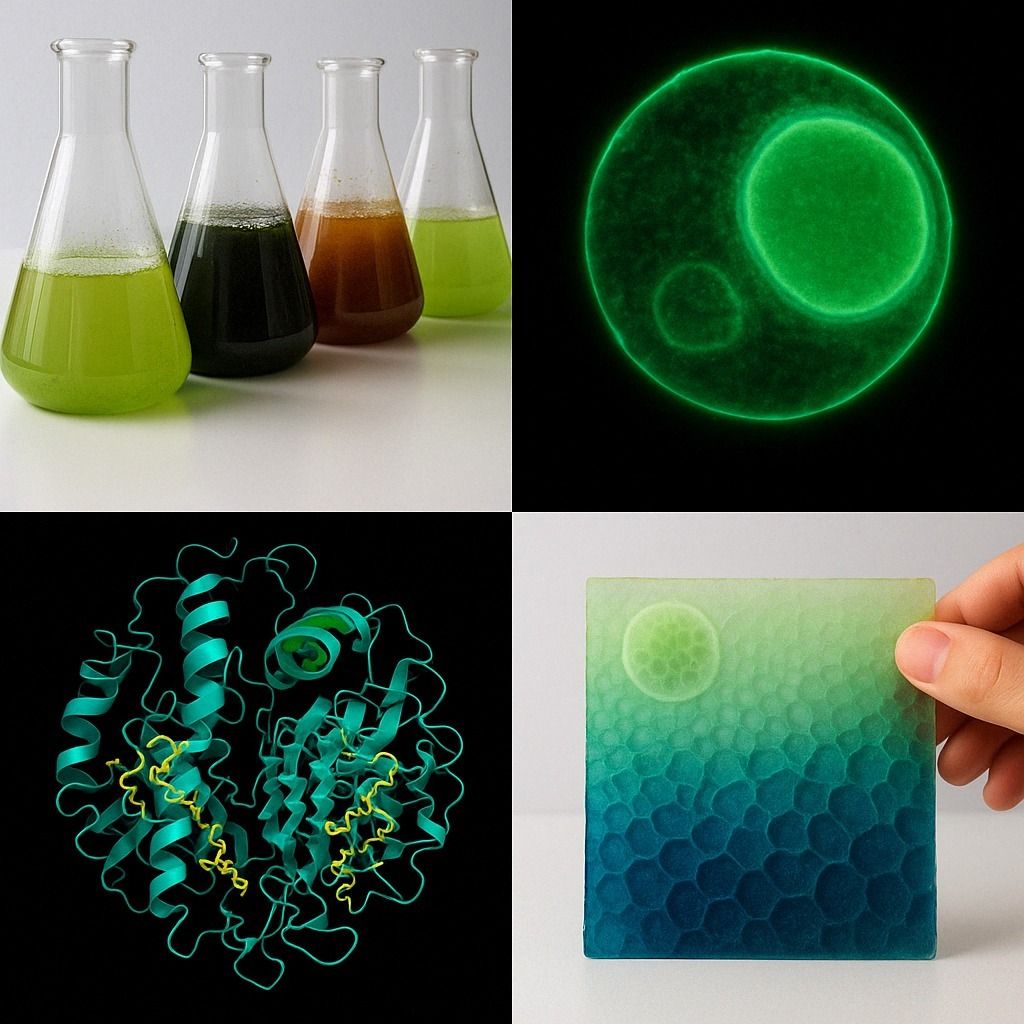- Biodesign Academy
- Posts
- Designing with Shape‐Shifting (Fold‐Switching) Proteins
Designing with Shape‐Shifting (Fold‐Switching) Proteins

Designing with Shape‑Shifting (Fold‑Switching) Proteins
TL;DR – Key Takeaways
Fold‑switchers ≈ 5 % of all proteins: sequences that can adopt two distinct 3‑D structures (aka metamorphic / dual‑fold / conformational‑switching proteins).
They break the classic rule one sequence → one structure → one function, opening new territory for conditional, value‑sensitive molecular design.
Current AI predictors (AlphaFold 3, ESMFold, ProtTrans) often miss the second fold – designers must learn to interrogate models, not just trust them.
Practical design moves: compare predictions, probe confidence gaps, and harness switchability for responsive materials.
Scroll to the end for tools, classroom ideas, and further reading.

1. Why Fold‑Switchers Matter
Recent research estimates that up to 5 % of all proteins are fold‑switchers. In human biology alone, that’s ~1 000 shape‑shifting polypeptides – like discovering 1 in 20 tools in your body has a hidden mode. Far from glitches, these proteins are evolutionarily selected and functionally critical.
Fold‑switchers are the molecular chameleons of biodesign. One sequence, two identities, context‑dependent behaviour. They model the responsive, adaptive qualities we chase in living interfaces and smart biomaterials.
2. Seeing What AI Misses: The M‑A‑P‑V Loop
Molecule Fit (M)
Run your sequence through AlphaFold 3 (or your predictor of choice). Note regions with low confidence or conflicting secondary‑structure calls.
AI Augmentation (A)
Cross‑check with JPred4 or ESMFold. Disagreements flag potential switch regions. For deeper probing, try the CF‑random method: randomise MSAs to coax alternative folds from AlphaFold.
Positioning (P)
Translate structural ambiguity into a design narrative: What user problem does dual‑state behaviour solve? How does the switch add value?
Values Layer (V)
Map ethical, ecological, and equity impacts with a Value‑Sensitive Design canvas. Ask who benefits when the protein switches – and who might be harmed.
Design Prompt: After every prediction run, ask “Could this sequence have another form?” Treat low‑confidence zones as opportunity space.

3. Biodesign Applications to Explore
Temperature‑responsive stiffness – materials that soften above body heat.
pH‑triggered antimicrobials – folds exposing antimicrobial motifs only in acidic wounds.
Logical gene switches – dual‑state regulators toggling expression based on cellular state.
Self‑healing surfaces – alternate folds reveal repair domains after mechanical stress.
What else could shape‑shifting proteins enable? Hidden behaviours, multi‑state wearables, or adaptive architectural skins – your studio brief awaits.
4. Next Steps for Your Workflow
Spot disagreement early – Always run at least two predictors.
Probe alternative folds – Use CF‑random or similar MSA shuffling.
Communicate clearly – Document switch potential in lab notebooks and portfolios.
Prototype responsibly – Test both states in vitro before committing to scale‑up.
5. Resources & Further Reading
Primary Paper: “Fold‑Switching Proteins” – foundational study estimating 5 % prevalence.
CF‑random GitHub repo – code for alternative‑fold discovery.
AlphaFold 3 Confidence Guide – interpreting pLDDT & PAE for switch hints.
Value‑Sensitive Design Primer – mapping moral & ecological stakes in biotech.
✉️ Stay Ahead of the Biodesign Curve
Join the Biodesign Academy newsletter for weekly briefs on AI‑driven molecular design, biodesign signals, and upcoming live webinars.
© 2025 Biodesign Academy: licensed CC‑BY‑4.0. Feel free to quote with attribution.

